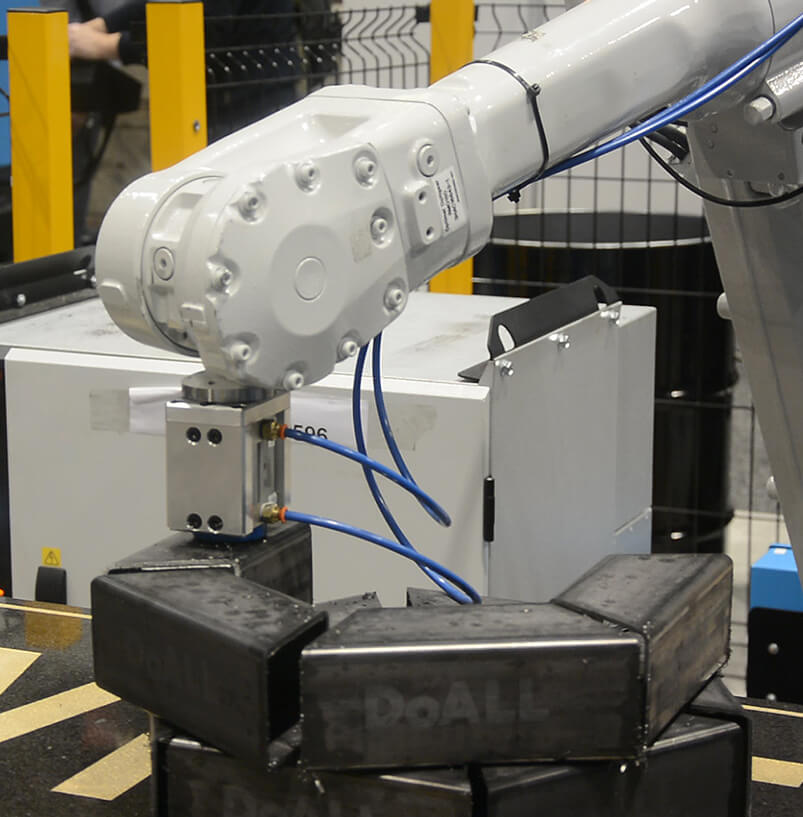Revolutionizing the Sawing Industry
DoALL® Sawing Products is the original manufacturer of metal-cutting industrial bandsaws and continues to be an industry leader after more than 97 years. Our company was started by Leighton A. Wilkie in Minneapolis, Minnesota, in 1927. He invented and manufactured the first metal-cutting bandsaw only six years later.
We have continued to preserve the legacy since then, producing industrial saws that raise the bar for innovation and quality. We're proud of our history as top-of-the-line industrial bandsaw manufacturers. We have accomplished many milestones since DoALL's establishment, such as creating the first:
- Invented the original metal cutting band saw blade
- High-friction sawing bandsaw blades.
- Microprocessor-controlled automatic sawing system.
- Automatic cold saw.

